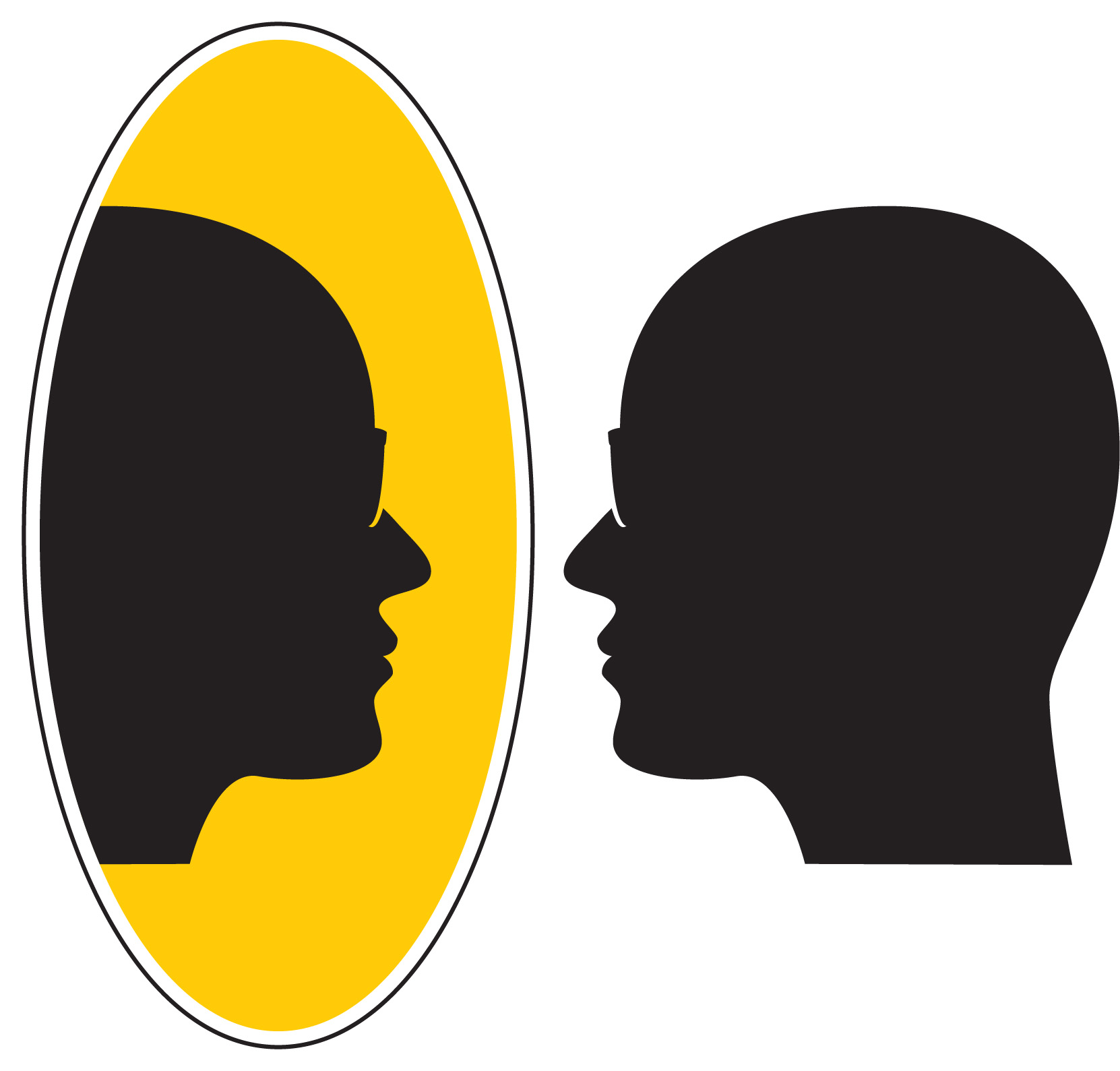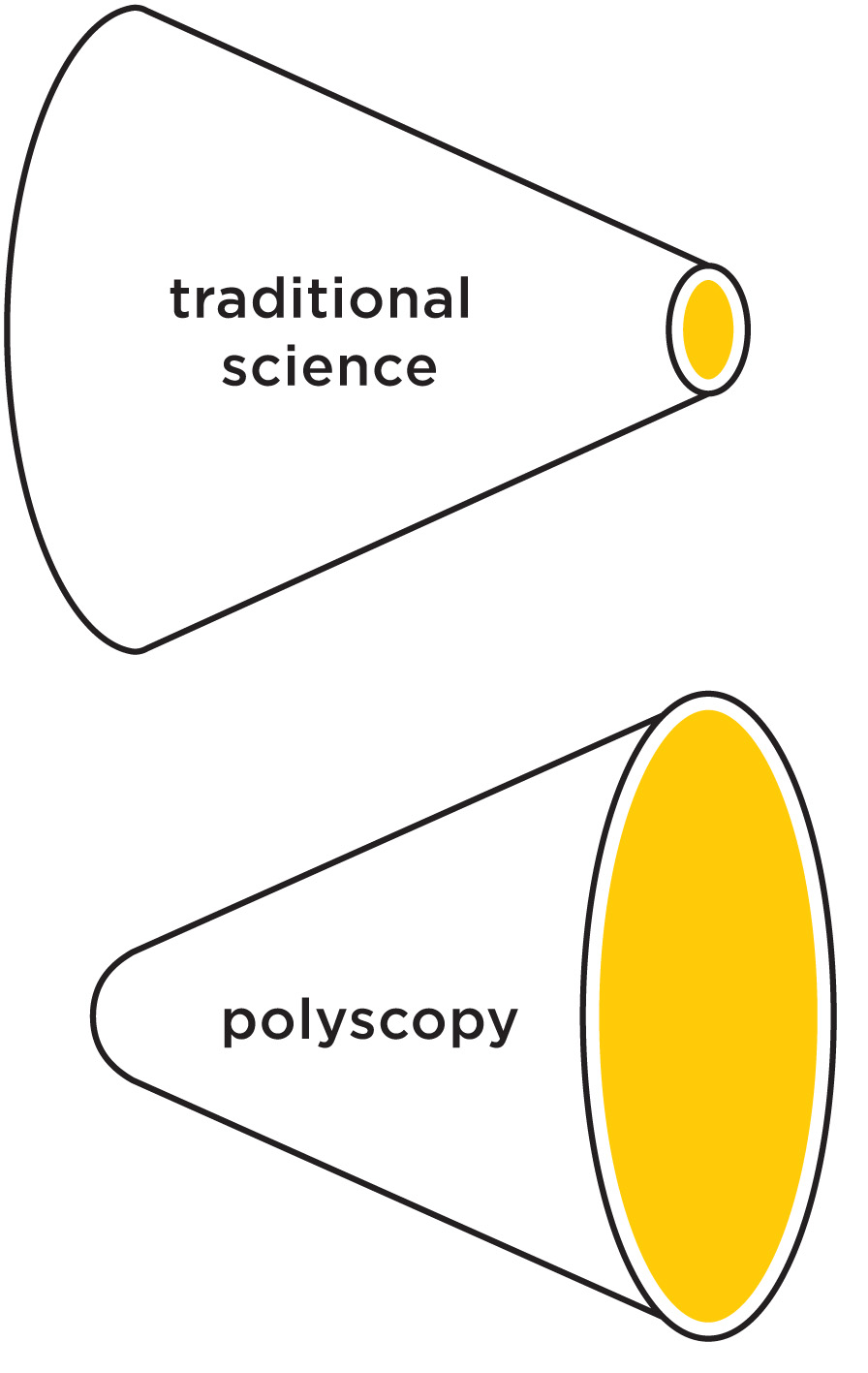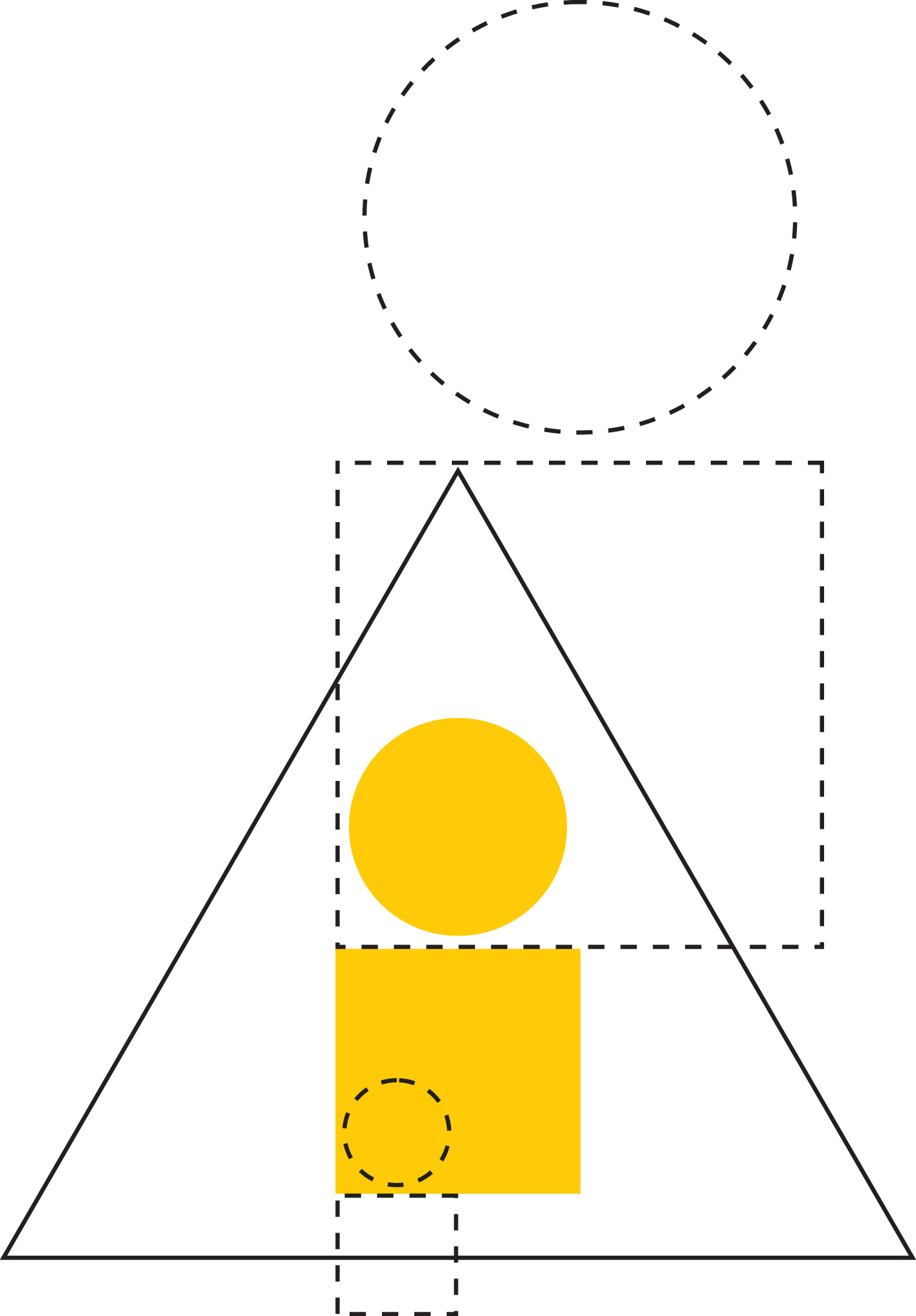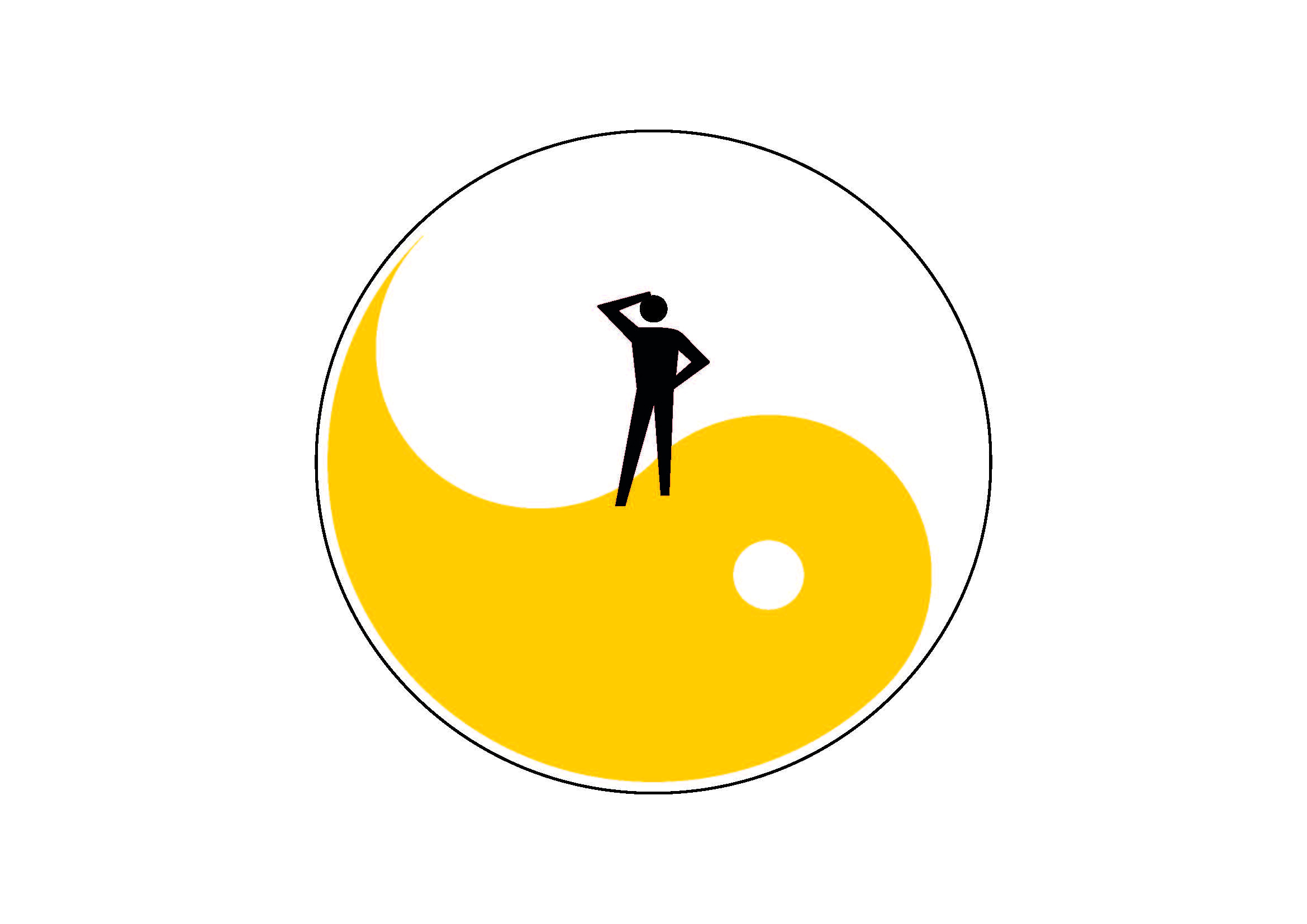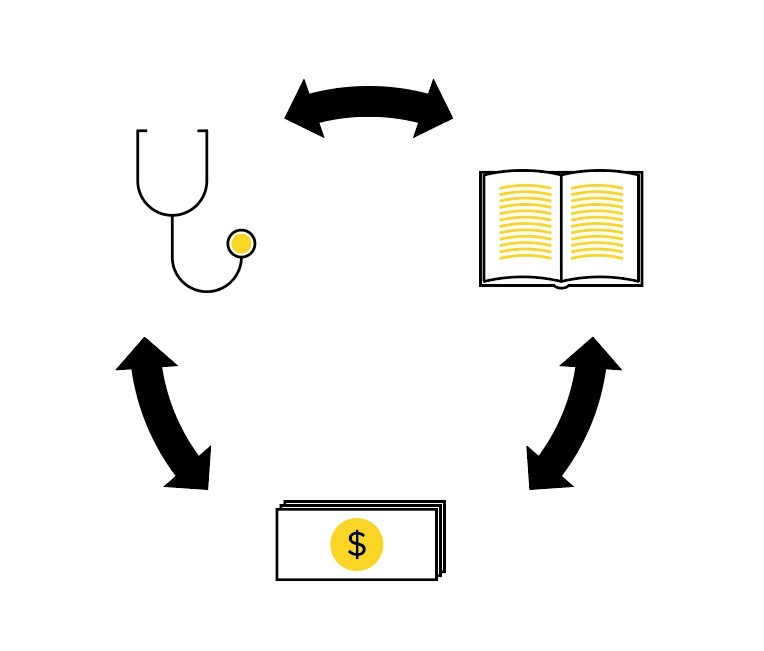Difference between revisions of "IMAGES"
m |
m |
||
| Line 2: | Line 2: | ||
<div class="row"> | <div class="row"> | ||
| − | <div class="col-md-3"><h2> | + | <div class="col-md-3"><h2>Rebuilding the foundations</h2></div> |
| − | <div class="col-md-7"><h3> | + | <div class="col-md-7"><h3>Why certain knowledge is "academic" and other is not</h3> |
| − | <p>Our ideas of what constitutes | + | <p>No rational person will claim that knowledge should not be useful. And yet there are good reasons why practical skills such as cooking and automobile repair have not been admitted to the university. At the University of Oslo, where this website is hosted, even design and architecture have not been allowed to enter. Academic knowledge is knowledge of principles; it is knowledge that is rigorously founded in academic procedures.</p> |
| + | <p>Our standards of excellence and ideas of what constitutes good or academic knowledge and knowledge work have been evolving since antiquity, and they now find their foremost expression in science and philosophy. We are about to see that the 20<sup>th</sup> century developments in science and philosophy legitimize, and indeed <em>demand</em> a further evolution of those fundamental values and standards and processes. We shall see that this naturally leads to the creation of principles that inform our handling of life's basic issues. And where the fundamental academic work, or "basic resarch", is concerned with the further development of those fundamental values, standards and processes.</p> | ||
| + | <p>The technical word is [[paradigm|<em>paradigm</em>]]. We use this word to point both to the emerging paradigm in knowledge work that we just mentioned, and to the larger paradigm in cultural and societal evolution that naturally follows as a result of its application.</p></div> | ||
</div> | </div> | ||
| Line 13: | Line 15: | ||
<div class="col-md-7"><h3>Not all images are worth one thousand words</h3> | <div class="col-md-7"><h3>Not all images are worth one thousand words</h3> | ||
<p>But the [[ideograms]] are! They play a similar role in [[knowledge federation]] as mathematical formulas do in traditional science. An ideogram can condense a wealth of insights and many pages of text into an image whose message can be recognized at a glance. Recall the Newton's formula, or Einstein's ubiquitous E=mc² – those too are ideograms! But the possibilities behind the ideographic approach are endless, and they vastly surpass the conventional maths.</p> | <p>But the [[ideograms]] are! They play a similar role in [[knowledge federation]] as mathematical formulas do in traditional science. An ideogram can condense a wealth of insights and many pages of text into an image whose message can be recognized at a glance. Recall the Newton's formula, or Einstein's ubiquitous E=mc² – those too are ideograms! But the possibilities behind the ideographic approach are endless, and they vastly surpass the conventional maths.</p> | ||
| − | <p>The creative possibilities of [[ideograms|<em>ideograms</em>]] also surpass ''our'' illustrations – and are yet to be developed through creative use of new media.</p></div> | + | <p>The creative possibilities of [[ideograms|<em>ideograms</em>]] also surpass ''our'' illustrations – and are yet to be developed through creative use of new media.</p> |
| + | <p>The ideogram we are about to see next renders the essential ideas behind our initiative in a nutshell.</div> | ||
</div> | </div> | ||
| Line 19: | Line 22: | ||
<div class="row"> | <div class="row"> | ||
| − | <div class="col-md-3"><h2>A | + | <div class="col-md-3"><h2>A better way to be creative</h2></div> |
<div class="col-md-6"> [[File:Modernity.jpg]] <br><small><center>Modernity ideogram</center></small></div> | <div class="col-md-6"> [[File:Modernity.jpg]] <br><small><center>Modernity ideogram</center></small></div> | ||
</div> | </div> | ||
Revision as of 07:24, 9 August 2018
Contents
Federation through Images
Rebuilding the foundations
Why certain knowledge is "academic" and other is not
No rational person will claim that knowledge should not be useful. And yet there are good reasons why practical skills such as cooking and automobile repair have not been admitted to the university. At the University of Oslo, where this website is hosted, even design and architecture have not been allowed to enter. Academic knowledge is knowledge of principles; it is knowledge that is rigorously founded in academic procedures.
Our standards of excellence and ideas of what constitutes good or academic knowledge and knowledge work have been evolving since antiquity, and they now find their foremost expression in science and philosophy. We are about to see that the 20th century developments in science and philosophy legitimize, and indeed demand a further evolution of those fundamental values and standards and processes. We shall see that this naturally leads to the creation of principles that inform our handling of life's basic issues. And where the fundamental academic work, or "basic resarch", is concerned with the further development of those fundamental values, standards and processes.
The technical word is paradigm. We use this word to point both to the emerging paradigm in knowledge work that we just mentioned, and to the larger paradigm in cultural and societal evolution that naturally follows as a result of its application.
Ideograms
Not all images are worth one thousand words
But the ideograms are! They play a similar role in knowledge federation as mathematical formulas do in traditional science. An ideogram can condense a wealth of insights and many pages of text into an image whose message can be recognized at a glance. Recall the Newton's formula, or Einstein's ubiquitous E=mc² – those too are ideograms! But the possibilities behind the ideographic approach are endless, and they vastly surpass the conventional maths.
The creative possibilities of ideograms also surpass our illustrations – and are yet to be developed through creative use of new media.
The ideogram we are about to see next renders the essential ideas behind our initiative in a nutshell.</div> </div>
Knowledge federation
<p>By representing our civilization as a bus, and our handling of information as its candle headlights, the Modernity ideogram points to the essence of knowledge federation in a nutshell.</p> <p>Imagine us all riding in a bus with candle headlights, through obscure and uncharted terrain, at an accelerating speed. Think of the direction of the bus as determined by our likes and dislikes, decisions and priorities. Think of the movement of this bus as our creative work, our efforts to induce change or innovate. To be meaningfully directed and sustainable, posits the Modernity ideogram, our movement into the future must be suitably informed. The information we have, and the we way create it and use it, will not do the job. Our knowledge work evolved based on an old technology, and for a different purpose. An entirely new approach to knowledge is needed, which combines this new purpose with new technology.</p> <p>No sequence of improvements to a pair of candles will produce a pair of light bulbs. Hence we raise a banner on the creative frontier where the development of a new paradigm in knowledge work can take place – and we give this banner a name, knowledge federation. What we are calling knowledge federation is a socio-technical 'light bulb' that can fulfill the pivotal new purposes that information and knowledge work must fulfill in our society. Knowledge federation also envisioned to be the name of a new academic and more generally creative field, which can inform this development.</p>
Systemic innovation
<p>The Modernity ideogram has also another, more subtle and more general message. It points to a better way to use our creative capabilities in general.</p> <p>To see it, notice that the headlights are a tiny part of the bus. Their cost and value are negligible in comparison. And yet the design of the headlights can determine the value of everything else – and ultimately decide whether the bus will be a mass-suicide machine, or a vehicle of taking us to any place or condition we may reasonably choose and want to be in. What we are calling systemic innovation is "innovation toward wholeness" – i.e. innovation whose goal is to improve the system or systems in which what is being innovated has a role.</p>
<p>Notice that systemic innovation is indeed a lot more than a technical principle; it points to, and depends on, a profound change of values, and even of our way of being in the world. Notice that as long as we learn our profession as a social role and perform in it competitively, as long as we cater to "market needs" and use the technology to speed up and enhance what the people are already doing, as long as we treat information as a commodity, systemic innovation is not going to take hold and prevail.</p>A new way to establish facts
Federation as justification
<p>Information that points to direction – of which the Modernity ideogram is an example – need to be made reliable through suitable justification. In what follows we provide a justification of the claim made by the Modernity ideogram with the help of a series of four ideograms. Each of them is further is justified in a separate document by 'connecting the dots' or 'standing on the shoulders of giants'. Hence we both establish the claim we made about new approach to knowledge, by grounding it on already established facts and insights – and demonstrate some suitable techniques.</p>
<p>Each of the first four ideograms presented here will point to a reversal of the conventional academic practice. The fifth will explain knowledge federation as practice. Click on the name of the ideogram to open the document where the reversal or the practice is justified and explained.</p>Selected examples
How to "change course"
<p>The examples we show below all have to do with "changing course" – they are selected in areas that are pivotal to the direction our societal evolution has taken.</p>


